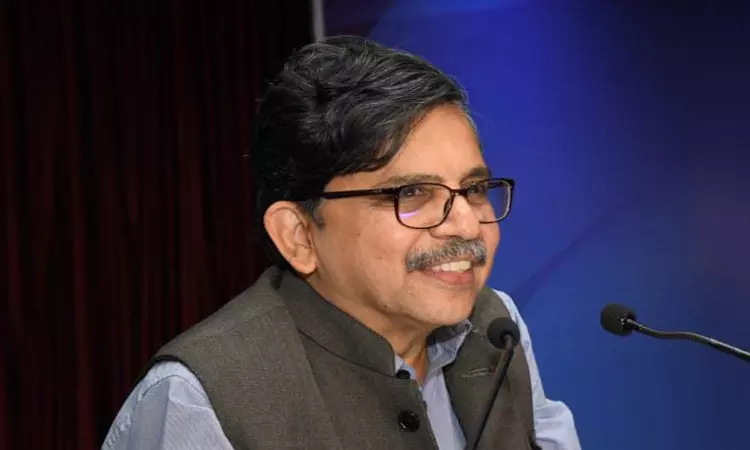Dr. Justice S. Muralidhar, Chief Justice of the Orissa High Court has announced that 100 more paperless Courts shall be opened across various districts of Odisha within the next three months. In September last year, the then CJI UU Lalit had inaugurated 34 Paperless Courts across all 30 districts of Odisha.He was speaking at the valedictory ceremony of the two-day National Conference...

